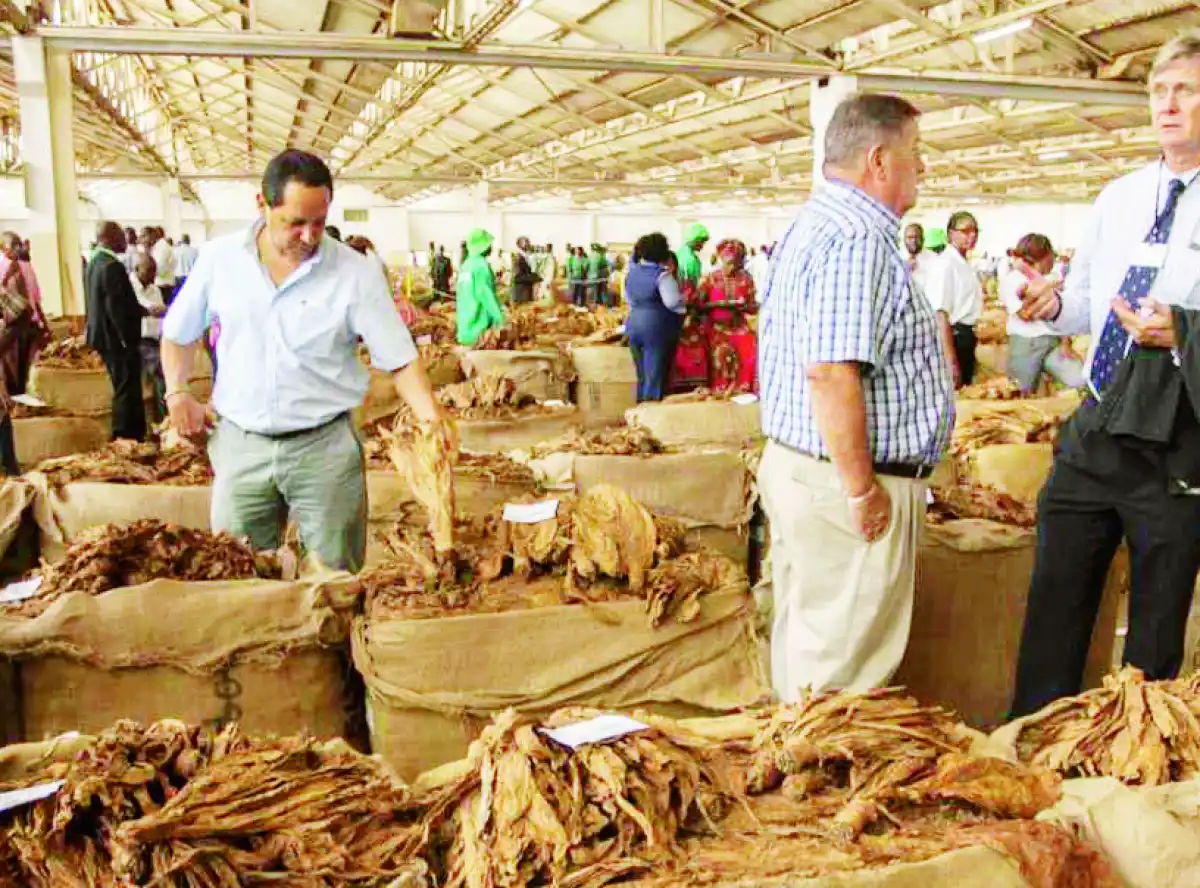Tucked away in the serene environs of the Shire Valley is a project of gigantic proportions. It takes a physical visit to the facility to appreciate the vastness of the Shire Valley Transformation Programme. Those who just hear about it through the media or other secondary sources think it is comparable in scale to the other irrigation projects we have in this country. Nothing can be further from the truth!
A 118-kilometer-long canal is being constructed between Kapichira Dam in Chikwawa and Bangula in Nsanje. The trapezoidal canal that will be lined with a thick layer of concrete has a bottom width of 12.6 metres and a top width of 21.5 metres. The average depth is three metres. When the project is finished and is operational, it will arguably be the biggest of its kind in Sadc.
The inaugural segment of the canal spanning a distance of six kilometres is being constructed by a Portuguese construction company Conduril. Works on this section have been completed with remaining works being the construction of the intake. The section now stands in the glory of completed structures including three bridges, the trapezoidal canal, a rectangular canal popularly known as the flume, the tiger fish barrier structure, and three siphons which will champion abstraction of water by gravity.
Beyond six kilometres, construction works are in progress by a Chinese construction company Sinohydro which will cover 46 kilometres of the canal. The company has three campsites for ease of operations. One can surely marvel at the canal lining process using state of the art pavers usually involving over 20 workers. So far canal lining is still in progress and some structures completed like 47 cross drainages, seven pedestrian bridges and six traffic bridges. A lot more structures are arising each passing day on the site.
The dedication to labour, evident both within the campsites and the canal precincts, is commendable. Upon arrival, any discerning visitor cannot overlook the array of floodlights scattered across the terrain. There, individuals tirelessly labour day and night, rotating between shifts to ensure continuous progress. It is hoped that this same ethos will permeate the local populace, guiding them towards a prosperous future as they embark on the cultivation of expansive farms to be irrigated by the canal’s waters.
In addition to engineers, the project boasts a diverse cadre of experts spanning various disciplines, including social workers adept at addressing the multifaceted social challenges that arise throughout the canal’s construction. Among these challenges is the imperative to fairly compensate those affected by the project, whose properties are requisitioned – a matter of understandable concern. The social workers tirelessly deal with issues of this nature.
Other challenges require the attention of environmentalists. One environmental issue of great concern was the possibility that tiger fish, an evasive fish species, can swim up the canal from the Zambezi and eventually reach Lake Malawi. If it did, it would wipe out the fish species currently in the lake. For this reason, a barrier specifically to impede the passage of tiger fish has been erected on the canal. This barrier has an elevated upper portion and a lower portion situated below. Water will cascade down this division in a manner resembling a natural waterfall. Notably, no organism will be able to swim from the lower section downstream to the upper section. Thus, any tiger fish inadvertently introduced into the canal will effectively be contained, unable to progress beyond this point.
In recent weeks, the social media has been awash with news about our neighbour to the north acquiring and commissioning electric trains. This is very impressive, by any man’s standards. It needs to be pointed out, however, that electric trains are a very conspicuous development, which is why they easily catch the attention of all and sundry. The Shire Valley Transformation Programme, by contrast, is not as conspicuous. Although it remains hidden from most people, it is at a scale that would be comparable to, or even greater than, the electric train project. It will lead to sustainability of food security and possibly the acquisition of forex, as mega farms spring up on both sides of the canal.
It is not inconceivable that as a result of the canal, we will be able to fund projects to improve our railway infrastructure and to eventually introduce electric trains in this country, like our neighbours to the north have done. Government is already busy rehabilitating the dilapidated railway infrastructure. Soon trains will be moving between the Port of Beira and Nsanje.
If the canal is utilised well, the country’s economic landscape will be transformed and food insecurity will be pushed into definite extinction.








0 Comments